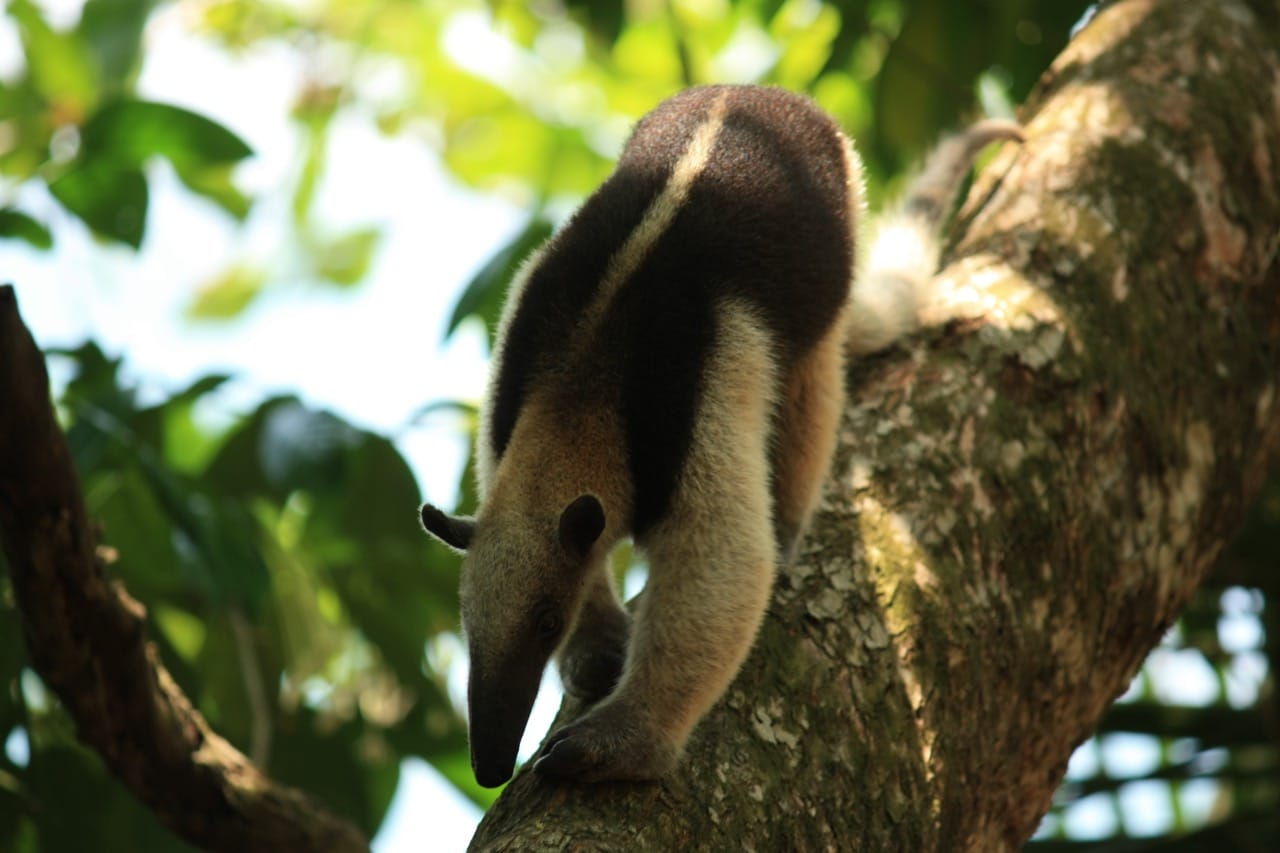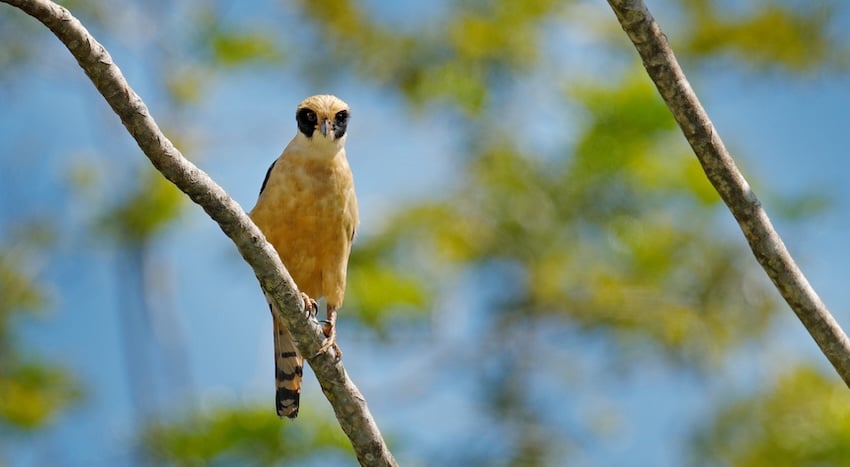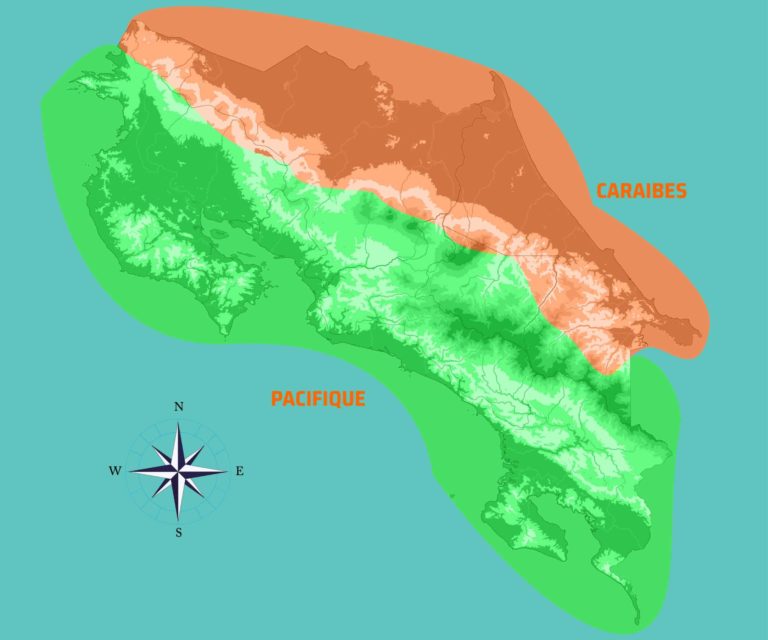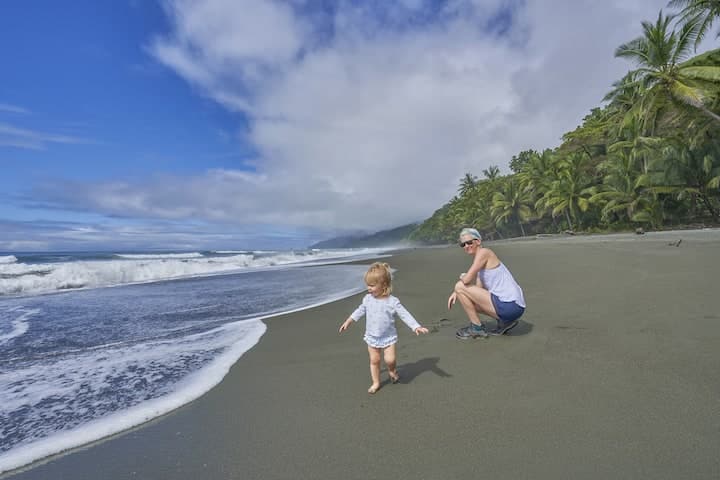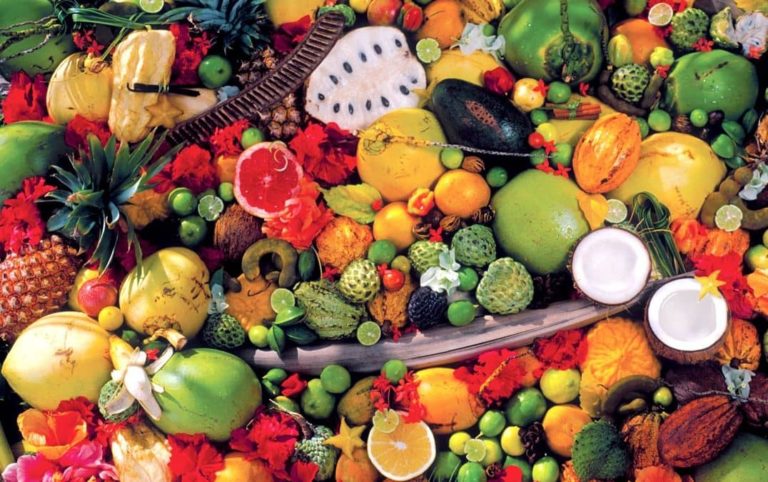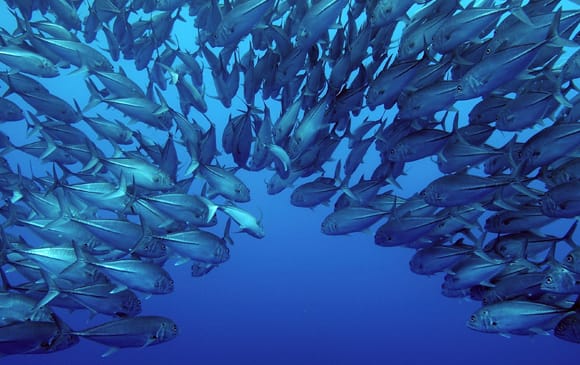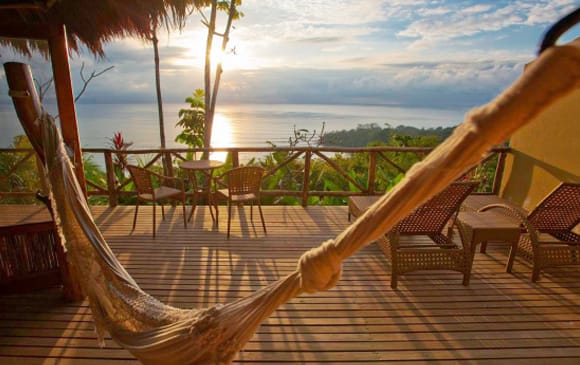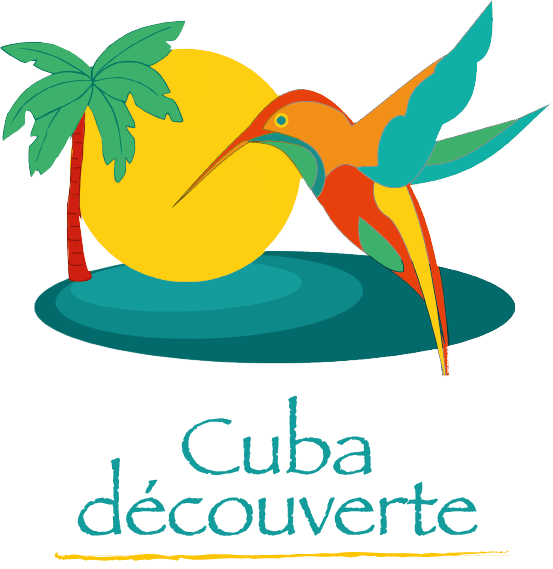A balance between jungles and mangroves
Costa Rica is renowned for its national parks, which preserve rich and diverse ecosystems. Among them, Carara National Park stands out for its unique geographical location, on the border between the tropical rainforests of the south and the dry forests of the north. Located in the province of Puntarenas, this park is a veritable refuge for biodiversity, attracting nature lovers and ornithologists from all over the world. Costa Rica’s national parks ministry created Carara National Park in 1978. Covering some 5,242 hectares, it is one of the few parks in Costa Rica where tropical wetland and tropical dryland ecosystems coexist. It’s an exceptionally diverse environment that attracts a wide variety of plant and animal species, making Carara one of Costa Rica’s biodiversity hotspots.
The park’s geography and ecosystems
Ideally located on the Pacific Highway that links the north of Costa Rica with the south, it’s a perfect stop on your trip. Plan a half-day visit to make the most of it. Carara National Park is crossed by the Tarcoles River, which plays a crucial role in the park’s ecological dynamics. The Tarcoles is famous for being home to one of Costa Rica’s largest crocodile populations, offering visitors a rare opportunity to observe these predators in the wild. Many visitors stop at the eponymous bridge for a bird’s-eye view.
The park is divided into several ecosystem types:
- Tropical rainforest: this region is characterized by dense vegetation, with trees reaching heights of up to 50 meters. There is an impressive diversity of vegetation, including lianas, ferns and trees such as cedar and ceibo.
- Tropical dry forest: Carara’s dry forest is sparser than its predecessor, with trees that shed their leaves in the dry season to conserve water. Here you can see the majestic guanacaste or the pochote with its thorny trunk.
- Mangroves and wetlands: the park’s coastal zones are home to mangroves, which play a crucial role in protecting marine biodiversity and act as nurseries for numerous species of fish and shellfish.
Biodiversity in Carara National Park
This natural wealth attracts researchers and tourists from all over the world, curious to explore the park’s ecological treasures.
The flora of Carara Park
Carara’s flora is extremely diverse, with over 1,500 plant species listed. The giant trees provide an ideal habitat for many epiphytic plants, such as bromeliads and orchids. The park’s dry forests are also rich in endemic species, adapted to the more arid climatic conditions.
The fauna of Carara Park
The park is particularly renowned as a birdwatcher’s paradise. With over 400 species of birds, including the iconic Scarlet Macaw (Ara macao), Carara National Park is one of the best places in Costa Rica to observe these magnificent birds in the wild. Scarlet macaws, with their colorful feathers and distinctive calls, are often seen flying in groups above the trees or feeding in the treetops.
In addition to birds, Carara is also home to a wide variety of mammals, including capuchin monkeys, sloths, anteaters, agoutis and jaguars. Reptiles are also well represented, with species such as Tárcoles crocodiles, iguanas and snakes.
Activities and attractions in Carara National Park
Carara National Park offers a variety of activities, from hiking and wildlife watching to guided excursions to learn more about local ecosystems.
Hikes
Carara has several marked trails that allow visitors to explore the park’s different ecosystems. The two main trails are :
- Laguna Trail (Sendero Laguna Meandrica): this 4.5 km walk runs alongside the Tárcoles River and offers breathtaking views of crocodiles and waterfowl. This is one of the best trails for observing the park’s wildlife.
- Forest trail (Sendero Ará Macao): this 3 km trail runs through tropical rainforest and is ideal for observing scarlet macaws and other bird species. It’s a relatively easy trail, suitable for all levels of hiker.
Bird Watching
Observing our feathered friends is one of the park’s main attractions. Visitors can take part in excursions with a naturalist guide to spot and identify the many species present in the park. The best times for birdwatching are early morning and late afternoon, when the birds are most active.
Crocodile Watching
Another popular activity is crocodile watching along the Tárcoles River. Boat excursions are offered, allowing visitors to see these impressive reptiles up close, in their natural habitat.
The beaches in the region
Just a few minutes from Carara Park, the Pacific stretches as far as the eye can see. A number of pleasant beaches border it, including Tarcoles and Herradura, a little further south. However, it’s a far cry from the splendid beaches of Guanacaste and southern Costa Rica.
Conservation and sustainability in Carara National Park
Carara National Park plays a crucial role in the conservation of Costa Rica’s biodiversity. Conservation efforts focus on habitat protection, scientific research and environmental education.
Conservation Programs
The park is involved in several conservation programs, including the protection of critical habitats for scarlet macaws, whose population has suffered from poaching and habitat destruction. Thanks to these efforts, Carara’s scarlet macaw population is on the rise, a major achievement for the conservation of this emblematic species.
Education and Awareness
Carara also places great emphasis on environmental education. The park offers educational programs for local schools and organizes workshops to raise visitor awareness of the importance of ecosystem conservation. These initiatives aim to strengthen understanding and commitment to environmental protection, both locally and globally.
Responsible Tourism
The park encourages responsible tourism. Visitors are encouraged to follow park rules, such as staying on marked trails, not feeding the animals, and not leaving litter. These practices help minimize human impact on the park’s fragile environment.
Practical tips for visiting Carara National Park
Visiting Carara National Park is a rewarding experience, but it’s essential to be well-prepared to get the most out of it.
Best time to visit the park
The best time to visit Carara National Park is during the dry season, from December to April. During this period, trails are more accessible and animals are easier to observe near waterholes.
Recommended equipment
Bring light, breathable clothing, a good pair of hiking boots, binoculars for birdwatching and a camera. Don’t forget insect repellent and sunscreen.
In short, Carara National Park is one of Costa Rica’s jewels of biodiversity. Whether you’re passionate about ornithology, nature photography, or simply looking for an outdoor adventure, Carara offers an unforgettable experience. If you’re taking a self-drive tour of Costa Rica, don’t forget to stop off here.
The importance of national parks in Costa Rica?
Costa Rica’s national parks play a crucial role in preserving the country’s biodiversity and natural heritage. Costa Rica’s National System of Conservation Areas (SINAC), created in 1994, comprehensively manages the conservation and sustainable management of wildlife, forest resources, protected wildlife areas, watersheds and water systems, in collaboration with society’s stakeholders, for the well-being of present and future generations. For example, Chirripo National Park helps to safeguard Central America’s only paramo (high-altitude neotropical biotope). Several conservation areas are listed as UNESCO natural heritage sites.
Découvrez d’autres articles de blog
Pourquoi voyager avec nous ?

Une réputation sans faille depuis 2008

Un seul interlocuteur en français

Notre présence toute l’année sur le terrain

Notre expertise pour une offre sur mesure

